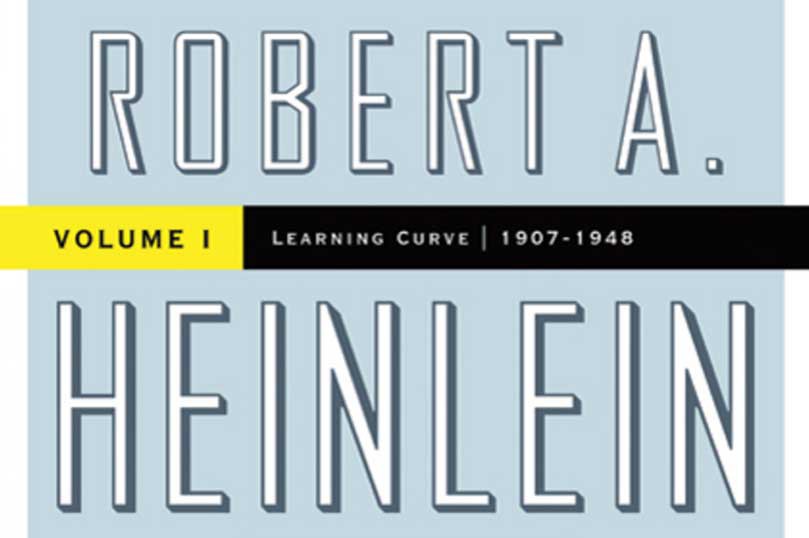
Throwback Thursdays: Space Cadets and Starship Troopers: The Eagle Has Landed
Welcome to Throwback Thursdays on the Tor/Forge blog! Every other week, we’re delving into our newsletter archives and sharing some of our favorite posts. In 2010, we published the first of a two volume biography of one of the giants of science fiction: Robert A. Heinlein. At that time, we had an idea: why not…
